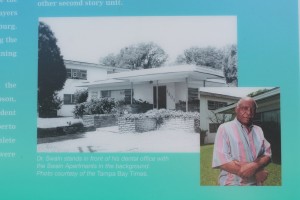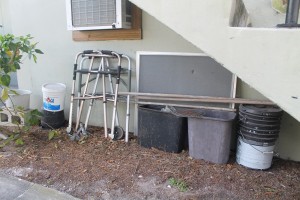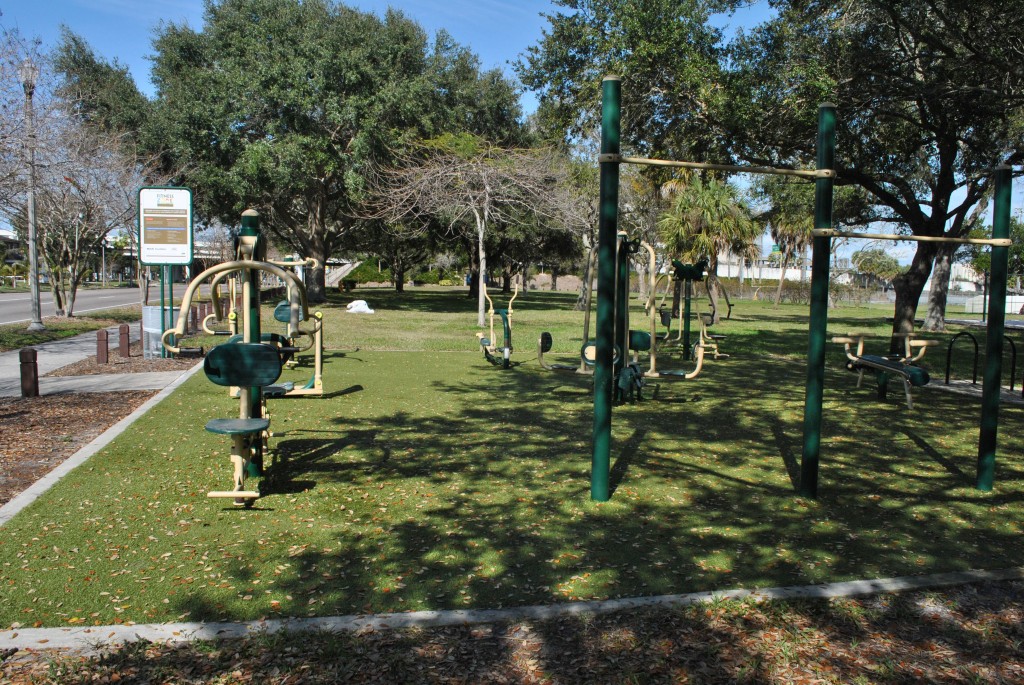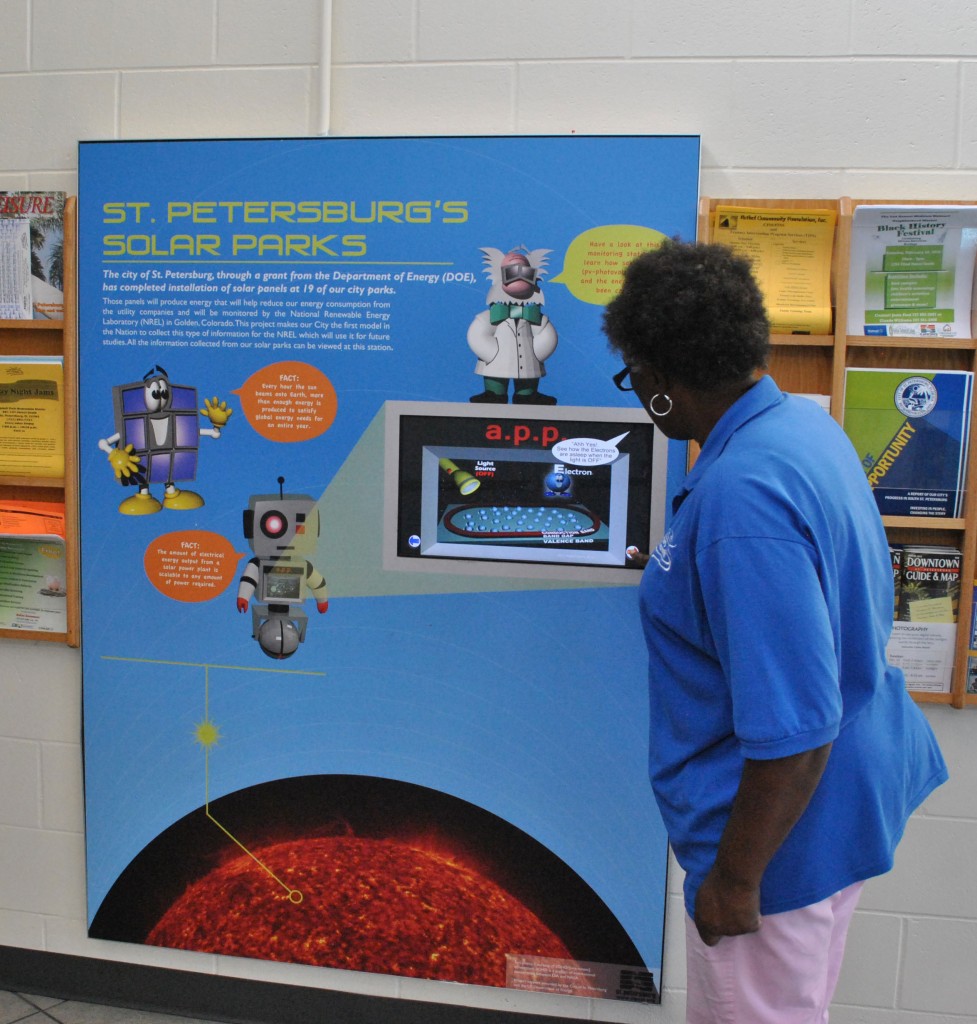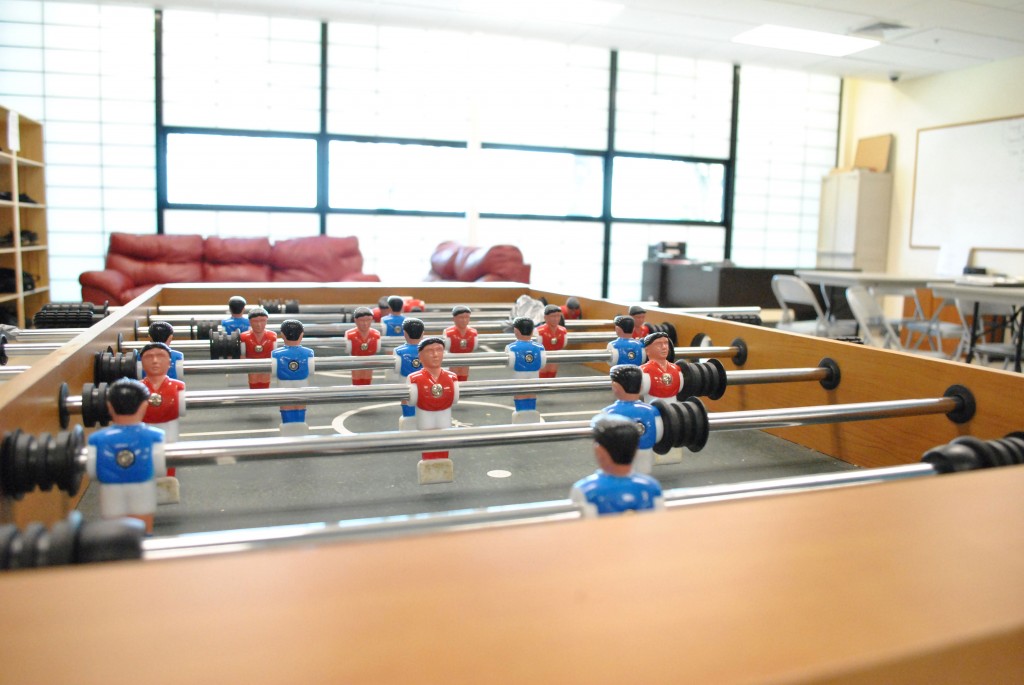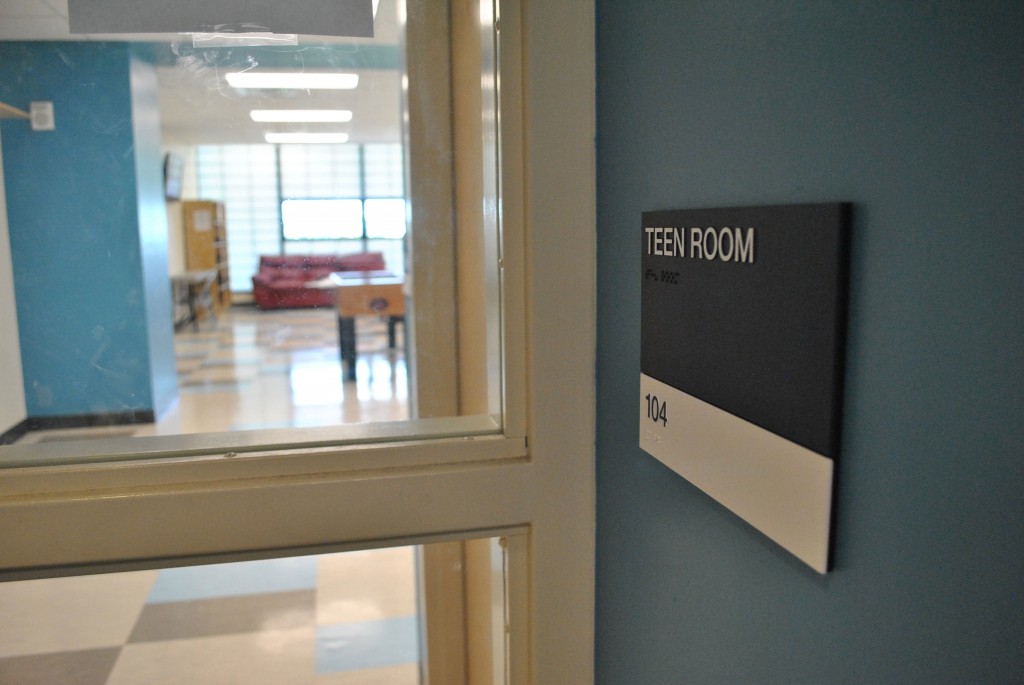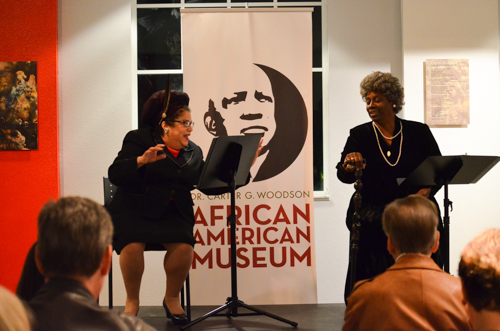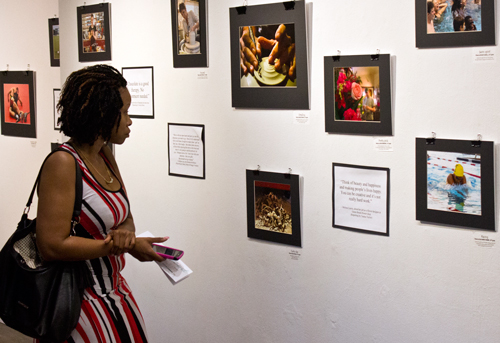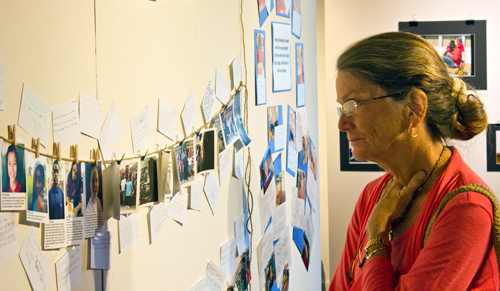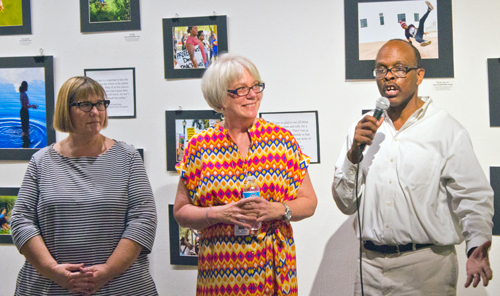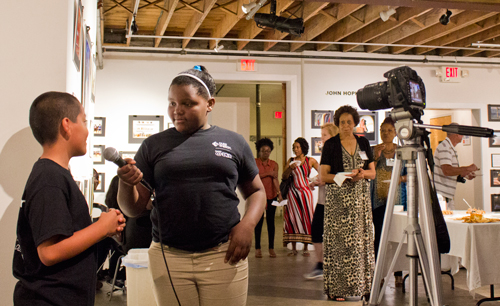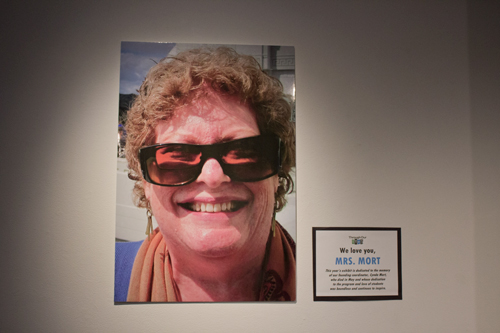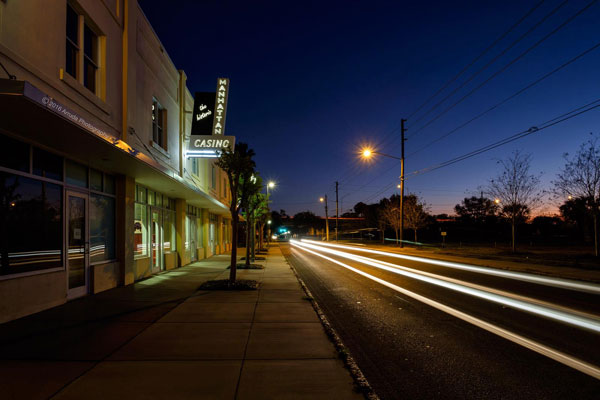
The Historic Manhattan Casino comes to life at night with Jazz performances from local Jazz artists following in the footsteps of former greats.
Photo courtesy of Tim Arruda
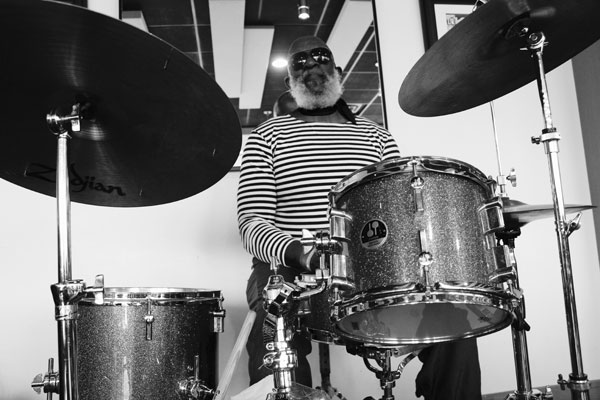
Listen to live jazz as you delve into a soulful menu of upscale southern comfort at Sylvia’s St. Pete.

Experience southern staples and a new twist on old favorites.
BY LAURA MULROONEY AND JASON SAAB
NNB Reporters
Constructed by Elder Jordan Sr., one of the first African American businessmen in St. Petersburg, FL and his sons was and has remained a quintessential establishment in Midtown since 1925.
For 40 years, the Manhattan Casino played a significant role as a social hub for the community.
The Manhattan was once a venue on the renowned southern “Chitlin Circuit,” a string of venues throughout the eastern, southern, and upper mid-west areas of the United States that were safe for African American performers of all genres to perform uninhibited.
George Grogan served as the booking agent responsible for bringing in big acts, while simultaneously employed at Gibbs High School as a chemistry teacher.
Major jazz and blues performers, Duke Ellington, Louis Armstrong, B.B. King, Fat Domino, Count Bassie, Otis Redding and local legendary icons Al Downing, LeRoy Flemmings Jr., Al Williams, and George ‘Buster’ Cooper played at the venue.
Al Downing, also a teacher at Gibbs High School inspired many students throughout the years with his passion and skill, some of the impressionable youth followed in his footsteps like Buster Cooper.
Cooper learned music from Downing during his formative years at Gibbs High School.
Buster would eventually go on to play throughout the country, but started off at the Manhattan where he would play with his cousin’s band and any swing bands that would allow him to sit in as they visited. Buster remembers the Manhattan being the “only place we could play at that time.”
The casino closed in 1966 due to effects of integration throughout the city, allowing African American musicians greater exposure by playing in once closed off parts of the city.
In 2005 The Manhattan was renovated under the initiative of former St. Petersburg Mayor Bill Foster.
After many years of debate and fiscal hardship, once just a dance hall and center for community events the space packs twice the punch.
On the first floor Sylvia’s Queen of Soul Food Restaurant opened in 2013 and is the first upscale soul food eatery in St. Petersburg.
Sylvia’s serves down home cooking with a swanky ambiance. Piping hot corn bread is served upon seating as a four-page menu is placed in front of you. The menu offers three styles of chicken and waffles, grilled, blackened, fried, and BBQ seafood options, and every southern side dish imaginable.
Upstairs stills serves it’s purpose as a dance and event hall.
The Al Downing Tampa Bay Jazz Association, Inc. continues to keep the music alive at the Manhattan with live Jazz Jams every second Sunday of the month. With major events such as Jazz Jams culminating conclusion of the St. Petersburg Jazz Festival
Jazz is offered every Saturday downstairs at Sylvia’s from 11-2. Sylvia’s also hosts a Gospel Brunch every Sunday.
Buster Cooper Quote and Interview courtesy of Jon Tallon- Florida Historian
King’s Dream Unite and Manhattan Casino night photos courtesy of Tim Arruda

Visit the King’s Dream Unite mural painted by artist Ya La’ford to recognize unity within the community.
Photo Courtesy of Tim Arruda

Internationally known artist Ya La’ford incorporates lights with her murals to remind residents that hope can be found in the darkest places.
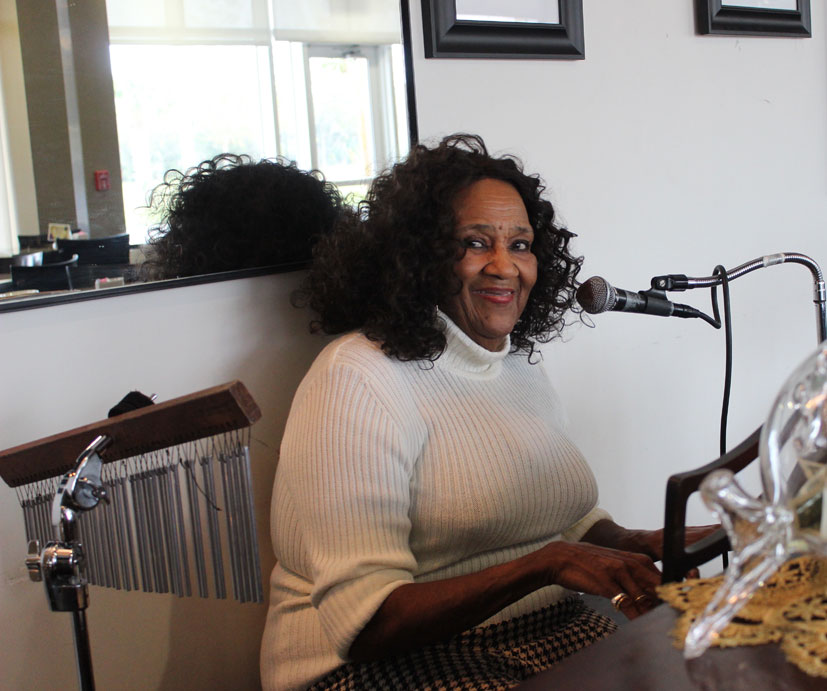
Local musicians bring the old Jazz hall back to life every Saturday and the second Sunday of every month.

